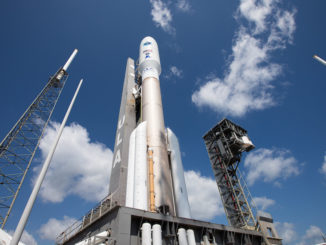Boeing conducted a critical test of the launch abort system of the company’s Starliner crew capsule Nov. 4 at White Sands Missile Range in New Mexico.
Four launch abort engines, augmented with thrust from smaller maneuvering jets, ignited at 7:15 a.m. MST (9:15 a.m. EST; 1415 GMT) to swiftly launch the 16.5-foot-tall (5-meter) crew capsule away from a test stand at White Sands.
The engines generated around 180,000 pounds of thrust, propelling the capsule to the speed of an airliner in around five seconds. The acceleration on the capsule was predicted to amount to around 5 Gs.
Thrusters re-oriented the spacecraft to deploy a series of parachutes, but only two of the ship’s three main chutes unfurled.
Boeing is investigating the cause of the parachute deployment problem, but company officials said Monday that they do not anticipate the parachute glitch to impact plans to launch a Starliner spacecraft on its first unpiloted mission to the space station in December.
Nevertheless, the capsule is designed to safely land with two parachutes. The Starliner jettisoned its service module, which crashed to the ground as designed, then released its base heat shield and inflated airbags to cushion the spacecraft’s landing.
Read our full story on the pad abort test.
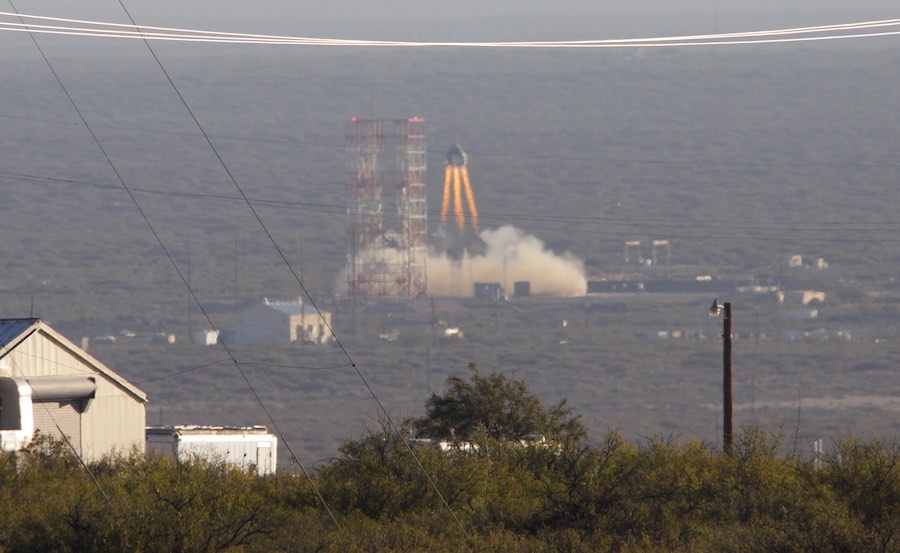
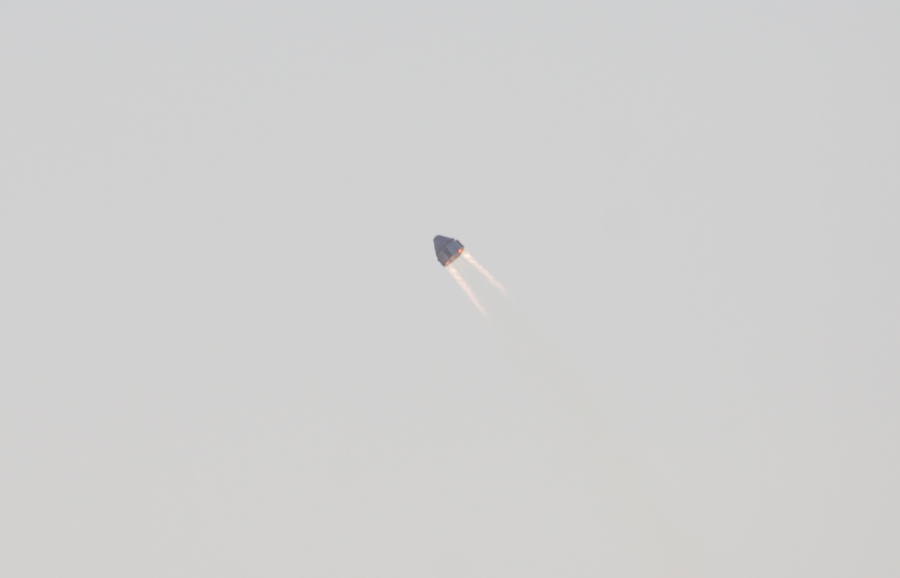
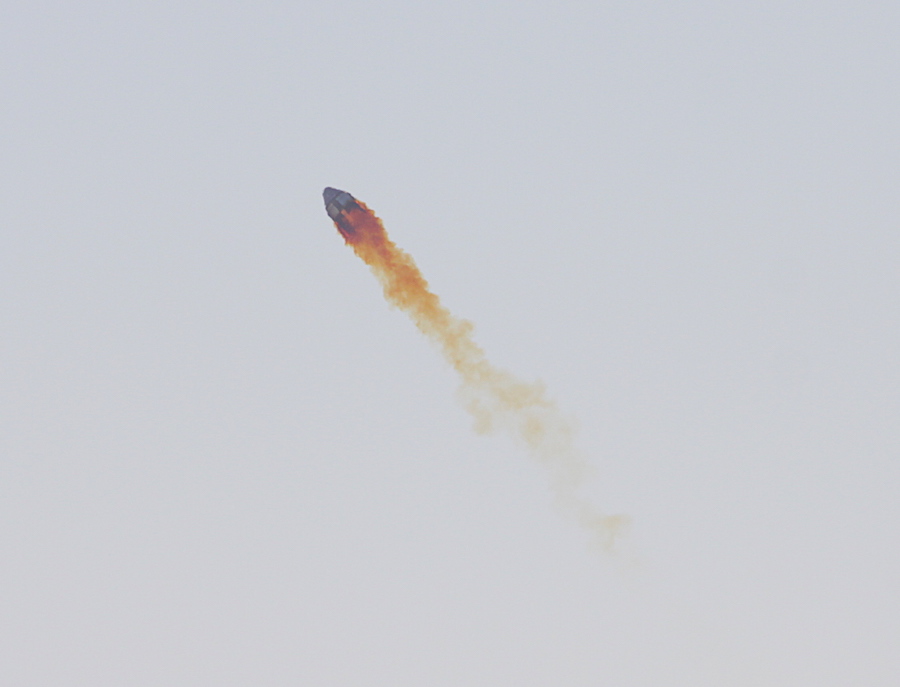
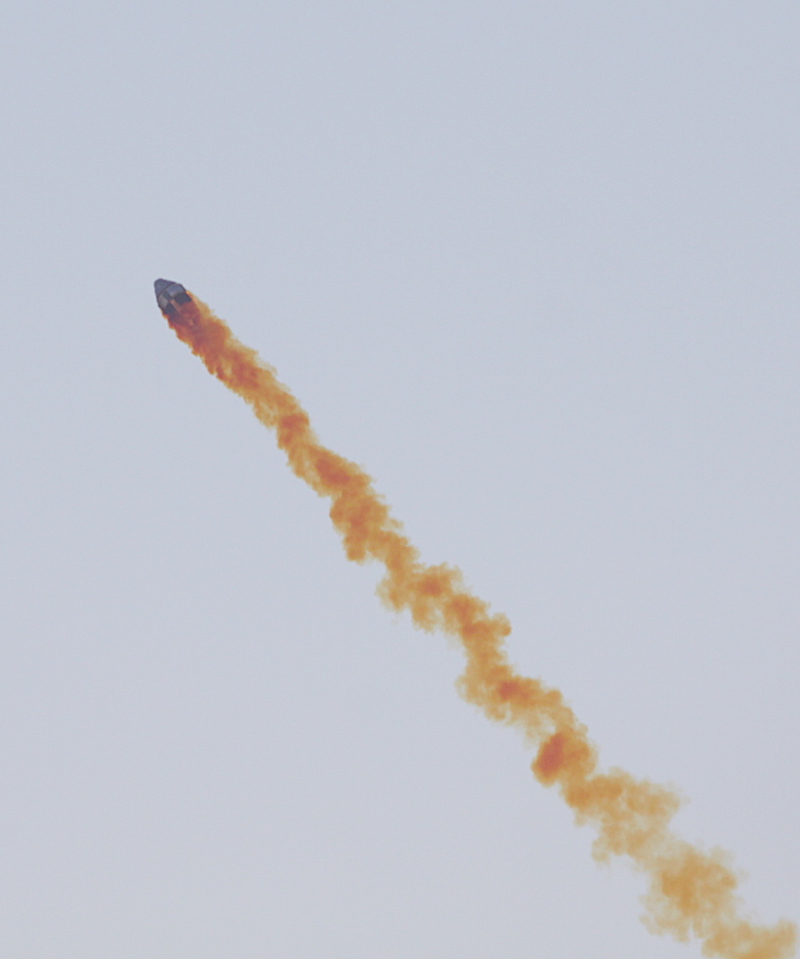
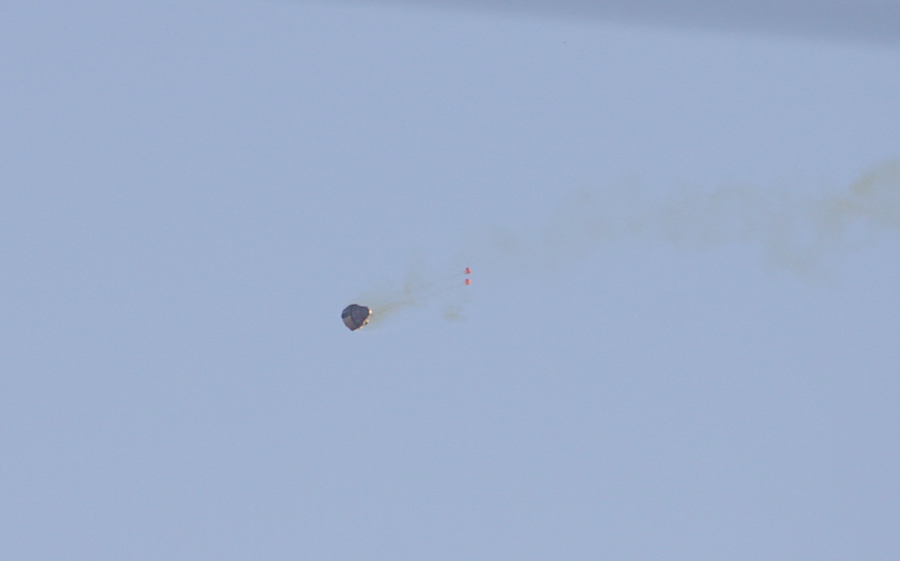
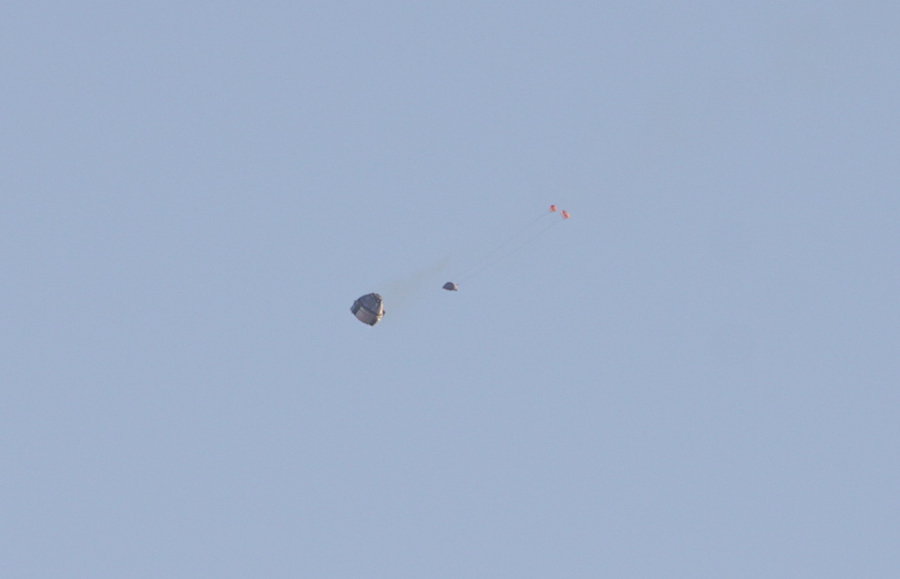
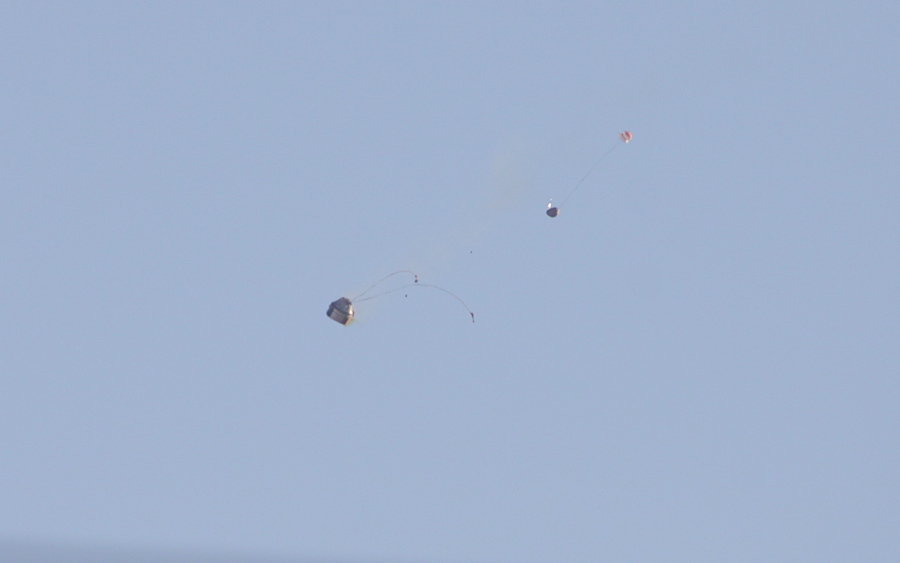
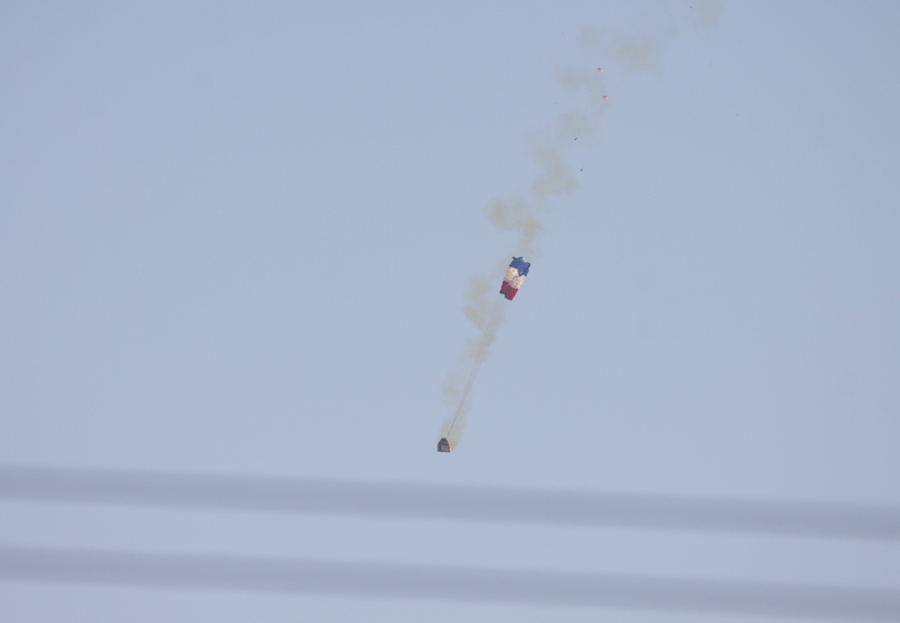
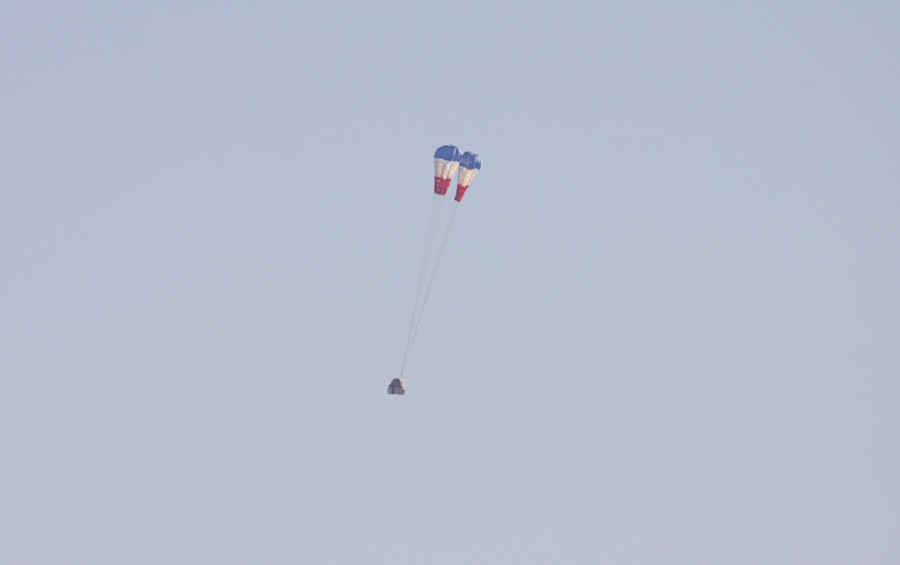
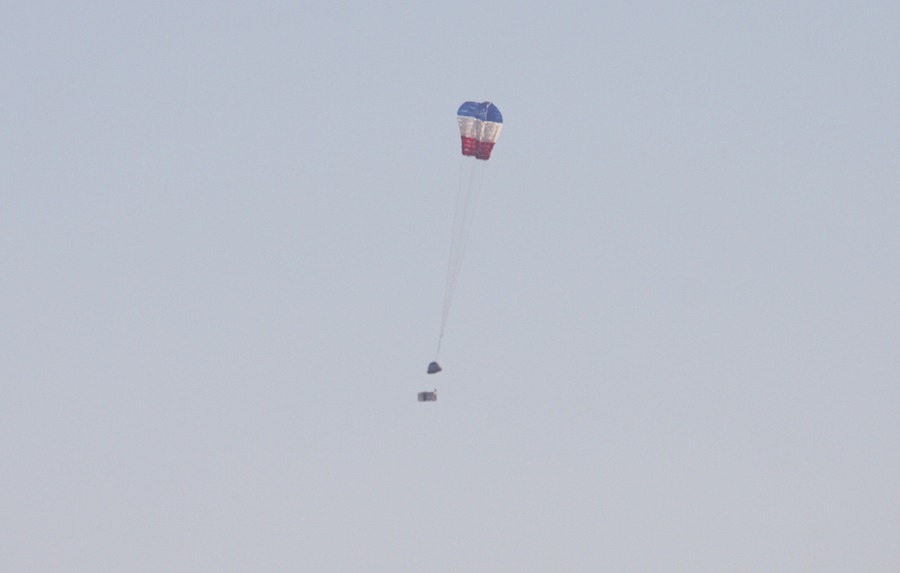
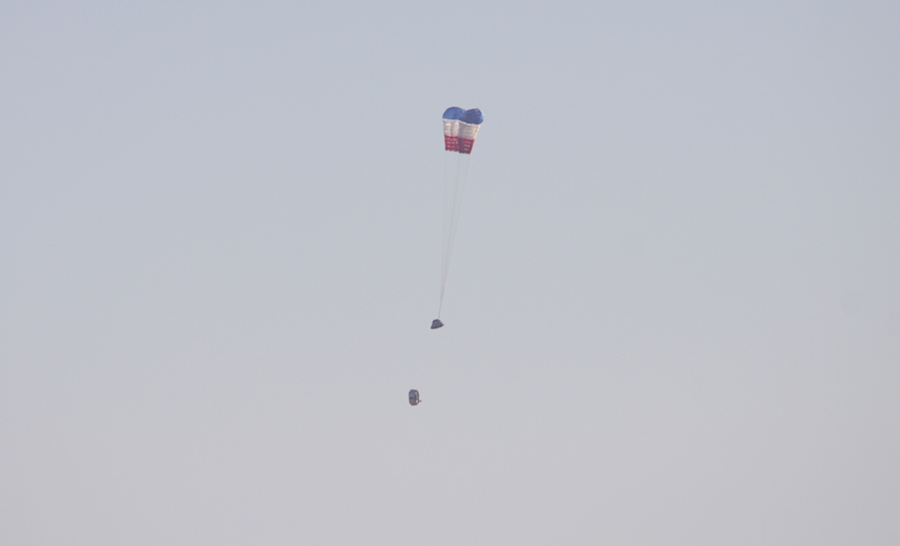
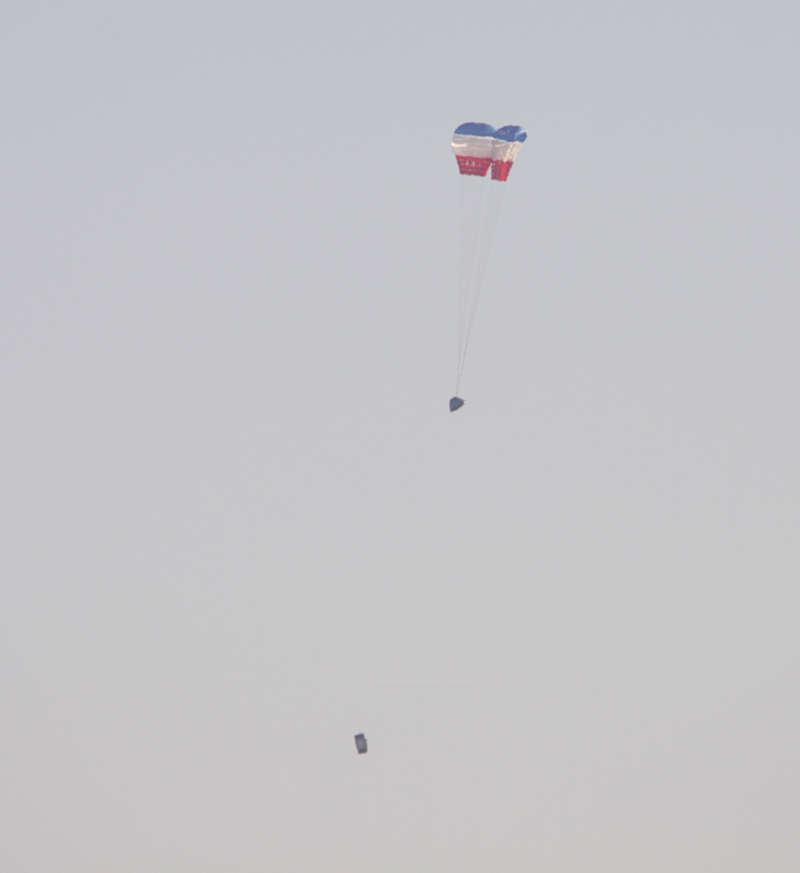
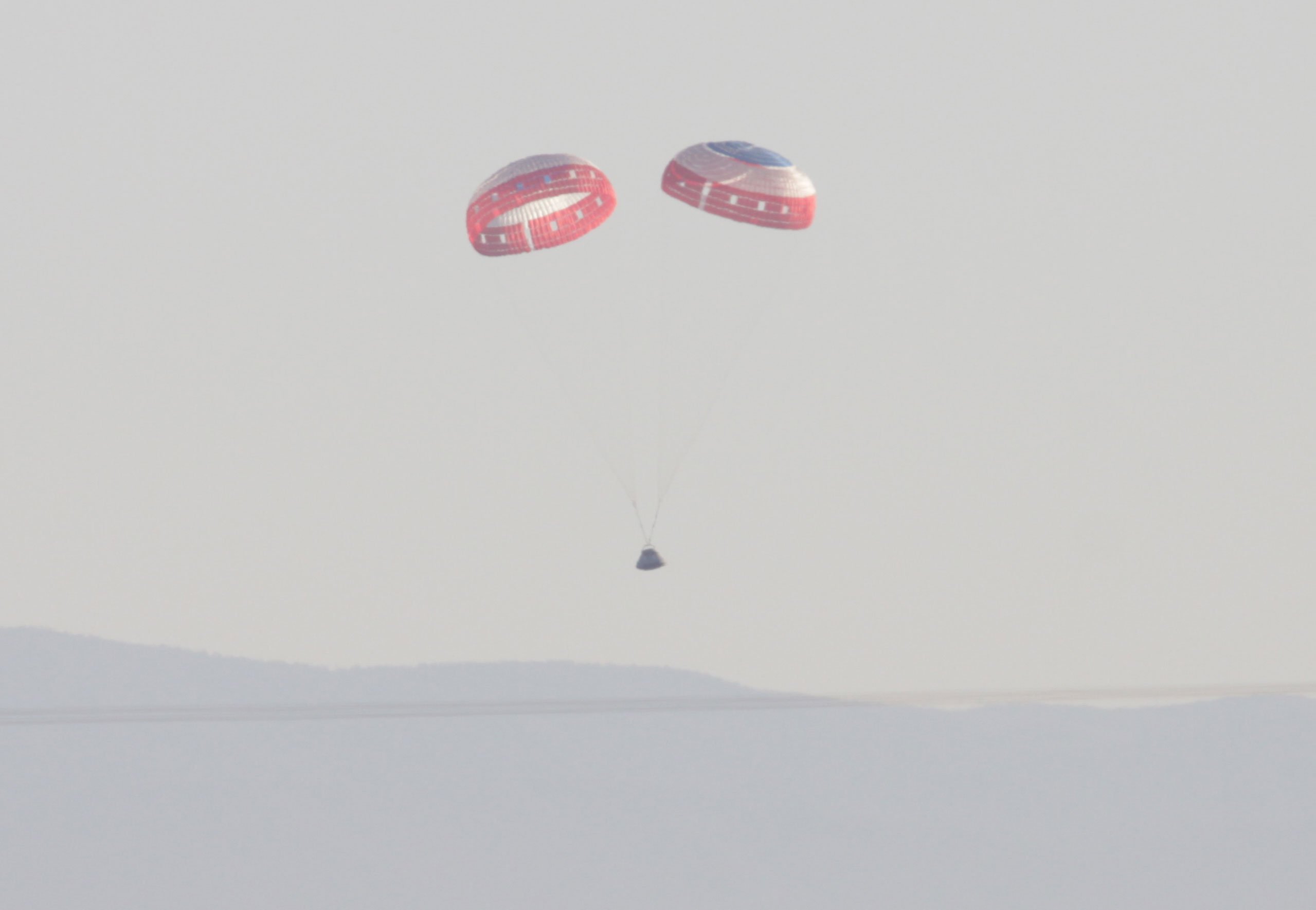
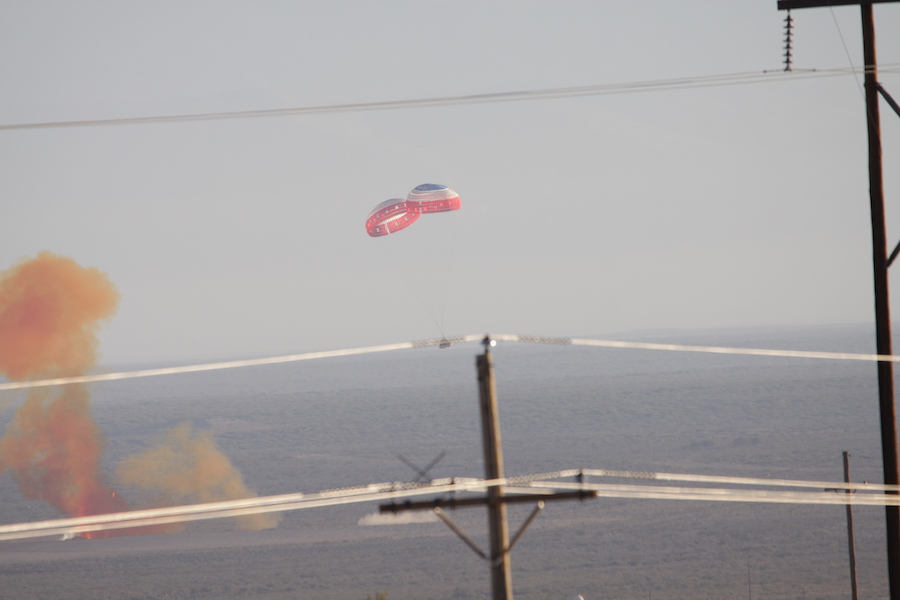
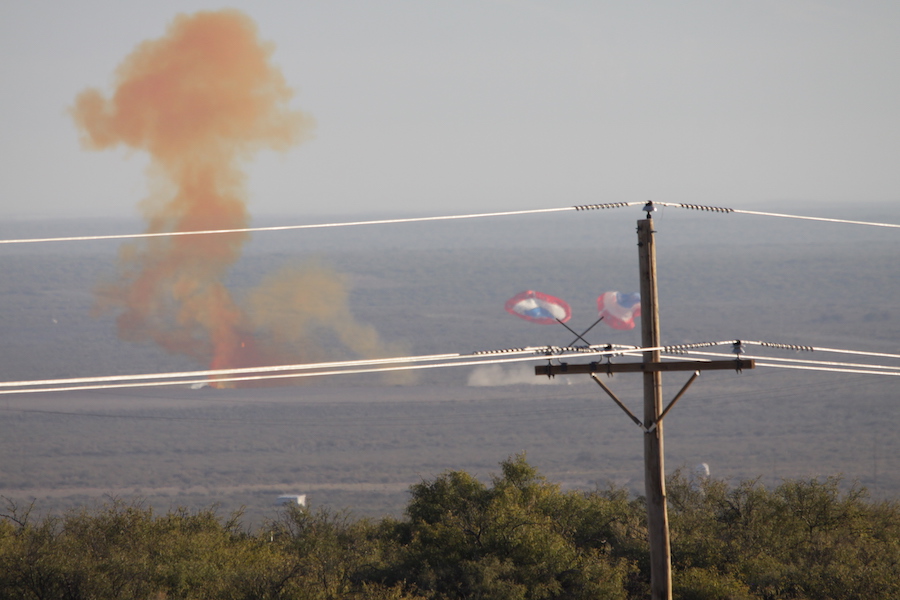
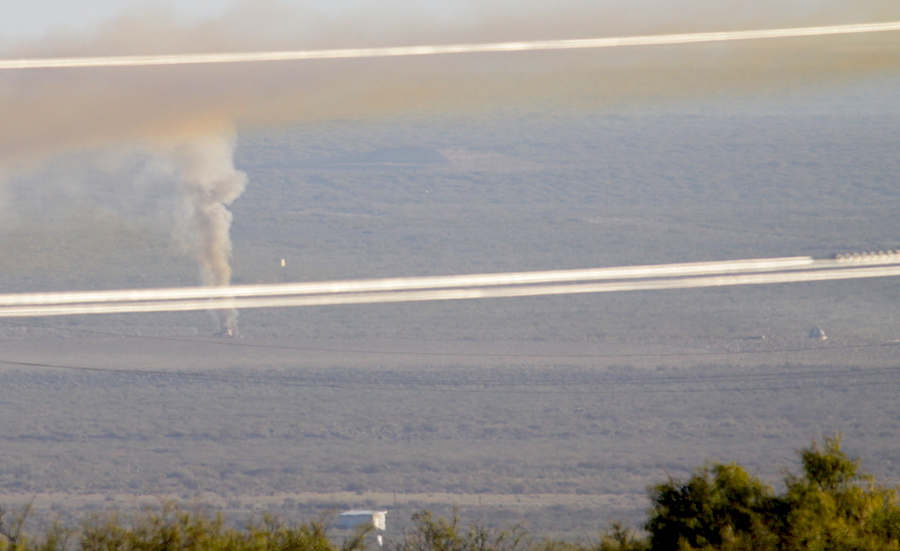
Email the author.
Follow Stephen Clark on Twitter: @StephenClark1.



